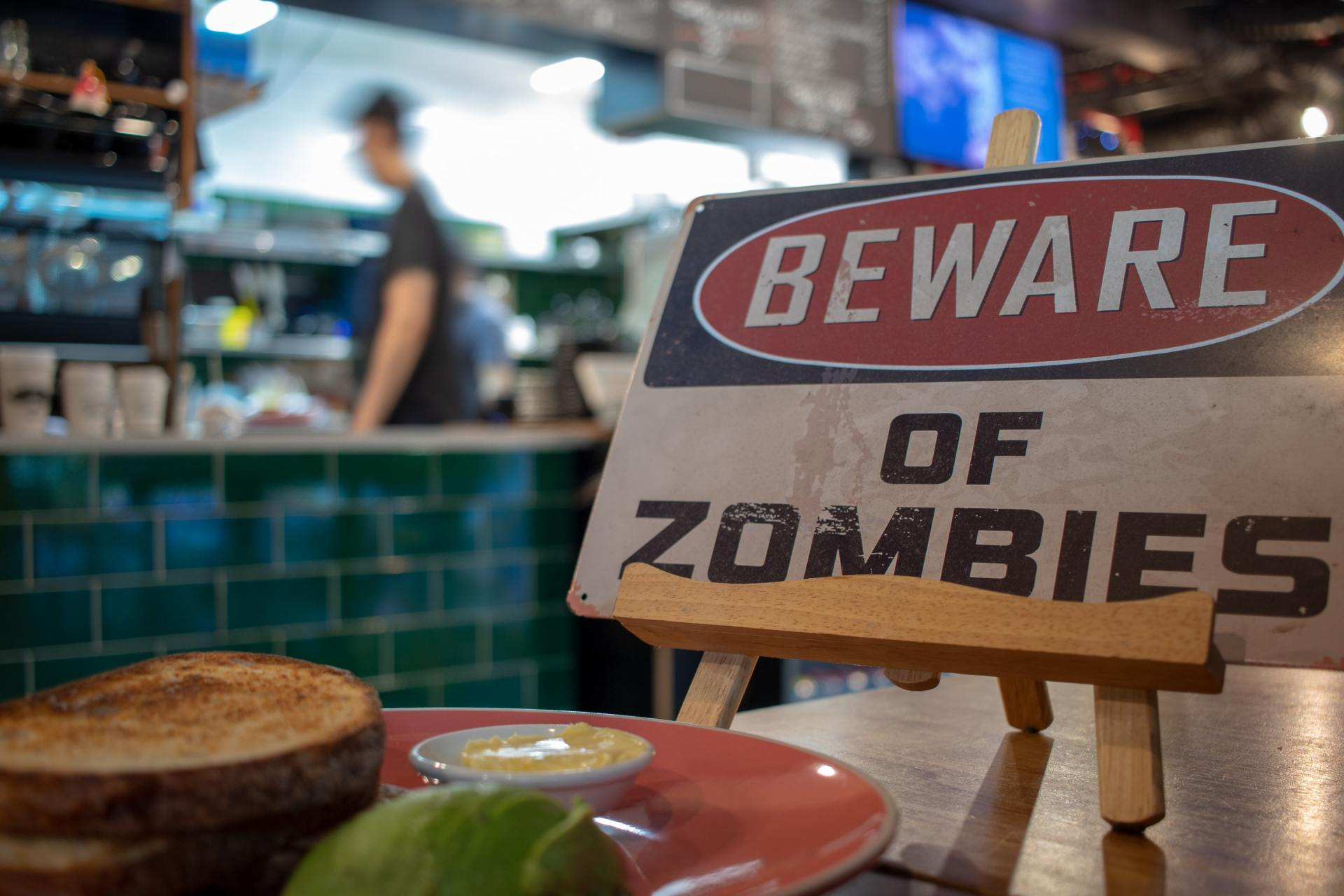You Can’t Fake Grill Marks, and You Can’t Fake Quality Content
Good Content Has Grill Marks: How to Bring Out Emergent Writing Qualities Through Craft
Summer weather is here, and good smells are coming off of grills in backyards all around the country. Cooking on my own grill recently gave me a realization: good food bears obvious marks of quality, such as grill marks. Grill marks don’t add any flavor of their own, but they show you that good flavor is there.
Similarly, good content can show markers of quality that are clear from the moment you read it. But those markers only emerge when you put work into the content’s fundamental parts. Focus on each component when you write, and the sum of all those individual parts can produce telltale signs of quality, just like grill marks.
Grill marks show you that there’s an extra zest that awaits you inside a delicious morsel, like a juicy piece of marinated chicken. You can listen to the grill master describe the seasonings he used or the time and temperature he cooked it at, but the real sign of goodness is right there on the meat. You can see it sizzling, and those grill marks along the side let you know that the piece of chicken (or portabella or whatever you like) was cooked to perfection.
While those grill marks can tell a story of delicious food ahead, they have to be earned through the right process. Simply overcooking the meat or — gasp! — using pre-cooked meat with fake grill marks emblazoned on the side makes those promised flavors all a lie.
It's the exact same thing when content tries to pass itself as polished and ready to be devoured by knowledge hungry audiences. That polish has to come from actual attention to detail. Otherwise, as soon as readers sink their teeth into the piece, they may find that it’s bland, boring, and not worth their time.
In other words, the work you put into writing shows through the final completed piece in the form of certain markers of quality, just like grill marks. Those markers of quality have to emerge naturally. Taking shortcuts and ignoring fundamentals leads to a disappointing experience.
"The work you put into writing shows through the final completed piece in the form of certain markers of quality, just like grill marks."
This is the lesson we took with us when we decided to start our own Atlanta content writing agency. We know what good work looks like, and we know what process you need to get to that point.
We can help you get to that point, too, by following our 5 tips for getting genuine content quality that you’ll find below. But the first thing you have to realize is that it takes time, effort, education, and a bit of trial-and-error to earn your grill marks — because there are no shortcuts when it comes to genuine craft.
Know Why Markers of Quality Matter
There are a few reasons someone might take shortcuts that are on the same level as putting fake grill marks on a piece of frozen food. Someone might be trying to save time while still making the product look like a thing people are familiar with, for one. Or a company might want to make a boat-load of money selling a cheap product that’s an ersatz copy of a higher quality one. These motives may sound sleazy, but they are sort of understandable for a business that wants to save time or money.
What’s less understandable is when someone thinks that the end product doesn’t get its grill marks from, uh, grilling. It’s like cooking a hamburger in a pan and trying to sear the grill marks on with a soldering iron. From a content writing perspective, it’d be like separating a blog into a dozen of headings with no rhyme or reason to it other than someone once said “good content has many subheadings.”
You must know fundamentally why certain tips for writing exist in the first place. Subheadings are meant to keep the reader’s thoughts organized and also guide them to the right section if they want to skip ahead. If you don’t break up your article logically, they can feel lost or frustrated. If you remember that subheadings act like signposts to show readers, “hey, you’re headed in the right direction for the information you need,” then you can organize your work in a way that feels natural to read.
Emergent Qualities Take Time to Create, and They Often Show Up Late
A second unforgivable mistake is that someone might panic and think that they’re doing something wrong just because the grill marks haven’t shown up yet — despite the fact that they’re less than 50% through the process.
To bring the metaphor back to writing again, this is like a client who panics that their blog hasn’t doubled search engine referral traffic after just a few days of going live. They want that traffic, dammit!, because they heard website traffic is a good thing to have.
What they forget is that site traffic doesn’t bring revenue; customer leads do. In their rush to get to some idealized end result, they forget the reason that marker of quality (high traffic) is desirable in the first place. So they try to take shortcuts, but they end up short circuiting the entire process.
To illustrate this point, let me tell you a quick story about making carnitas. Carnitas, in case you didn’t know, are a traditional Mexican preparation of pork shoulder that is absolutely exquisite. They’re crispy yet fatty enough to melt in your mouth. Good carnitas are also bursting with subtle flavor.
Knowing this — and knowing pork shoulder was very cheap on sale — I decided to make carnitas on my own. The recipe I followed was fairly involved and demanded a few hours of kitchen labor. I knew this, but nevertheless I freaked out about halfway through the process.
What was I making? It sure as hell didn’t look like carnitas when I pulled the seared pork off the stove. Instead, I had delicious-smelling crispy chunks that were marinated but still likely underseasoned. It likewise didn’t look like carnitas when I set these chunks to float in an oil bath in my oven with bay leaves and orange wedges. When have you ever seen an orange in carnitas?
I resigned myself to a fate of having a pork dinner that was acceptably tasty but did not resemble true, taco-ready carnitas in the slightest bit. But then the oven dinged, and the meat was pulled from its well-seasoned bath to cool. I then dropped a few chunks in a bowl and began to shred them with two forks.
Reader, I was greeted with one of the most pleasant and rewarding experiences of my life. I had, in fact, made carnitas. And they were brilliant.
Follow the process. Put in the work. Have faith that your vision will turn out. And know that if you do actually somehow fail, you can always rely on the knowledge of others to have a better chance at succeeding the next go round.
Don’t Confuse Emergent Markers of Quality for Actual Quality
Writing is pretty darn hard, and it’s something we really don’t have a great vocabulary for. Hence, using these cooking metaphors helps you understand the difference between “good,” delicious writing you eat up and can’t get enough of versus “terrible” writing that leaves a bad taste in your mouth.
But let’s set aside those metaphors and talk turkey, erm, grammar and style. All across the web you’ll see style tips to improve your content. If you don’t know what you’re doing, you might take these tips a little too literally and end up messing up your ability to actually improve your content quality.
Here’s an example: “Write in short sentences and paragraphs to make your content skimmable.” Simple, right? Not really! Short paragraphs look good visually, but your reader still has to be able to follow what the heck you’re saying.
The purpose of short paragraphs isn’t just creating white space, but rather forcing you to move quickly from one idea to the next. If you move through ideas quickly, and use strong topic sentences, your reader can still understand what you’re trying to get across even if they only read a sentence or so from each section.
In other words, short paragraphs don’t automatically make your writing more readable. It’s actually the reverse: readable content tends to have short paragraphs.
Here’s another bit of advice often given to content writers: “Make your content actionable, and have a strong call to action at the end.”
To some businesses, writing in an actionable way means being pushy or condescending. “Don’t write with your laptop on fire!” I tell you, with a wink and a nod, pretending to be helpful.
Instead, you should always think like a member of your audience and try to help them take the next step after reading. Offer them value; don’t bark orders.
"You should always think like a member of your audience and try to help them take the next step after reading. Offer them value; don’t bark orders."
These are just two examples of how to use content writing tips to strengthen your fundamentals rather than put the cart before the horse.
5 Real Tips to Help You Improve Content Quality Through Genuine Writing Craft From an Atlanta Content Writing Agency
Well that was a lot of words, but it all serves to make a single point: good writing takes patience to create, and it certainly helps to know what you’re doing. Obviously getting to that point requires learning, practice, and a willingness to try, try again if you happen to fail. There are no shortcuts!
In that vein, here are 5 genuine tips we can offer to help you improve your overall content quality — in the guise of cooking metaphors, of course.
- Try Lots of Different Flavors: You can’t write well if you don’t read. You won’t have a frame of reference to work from, and you won’t have as strong or clear of a vision of what the end product looks like.
- Don’t Burn the Garlic (Courtesy of Ivan Brunetti): You can experiment all you want with a medium as long as you don’t screw up the fundamentals. Lots of people making Italian food overcook raw garlic, which makes the whole dish rancid. Get the garlic right, and you can add almost anything on top (within reason) and it’ll work.
- Taste Your Food: The biggest sin in writing is to not edit your own work. Give it a read. See how it flows. Watch out for awkward phrasings and especially errors.
- Cook for the Tastes of the People You Serve: You aren’t writing your content for you to read; it’s for your audience. Serve them something you think they’ll like, even if it’s not your personal favorite flavor.
- Season Your Food: Don’t just slap in the same sentences or metaphors. Spice it up! Try new things. Copy flavors from other writing you like. The best dishes are a fusion of the chef’s influences, their intuition, and improvisation using the ingredients you have on hand.
That’s far from “all there is to it,” but these tips will help get you in the right mindset and enable you to focus on the things that genuinely matter in your writing — not just the superficial.
After all, those grill marks aren’t ever put on there on purpose; they’re earned as a side effect of the care that goes into genuine, quality craftsmanship.







